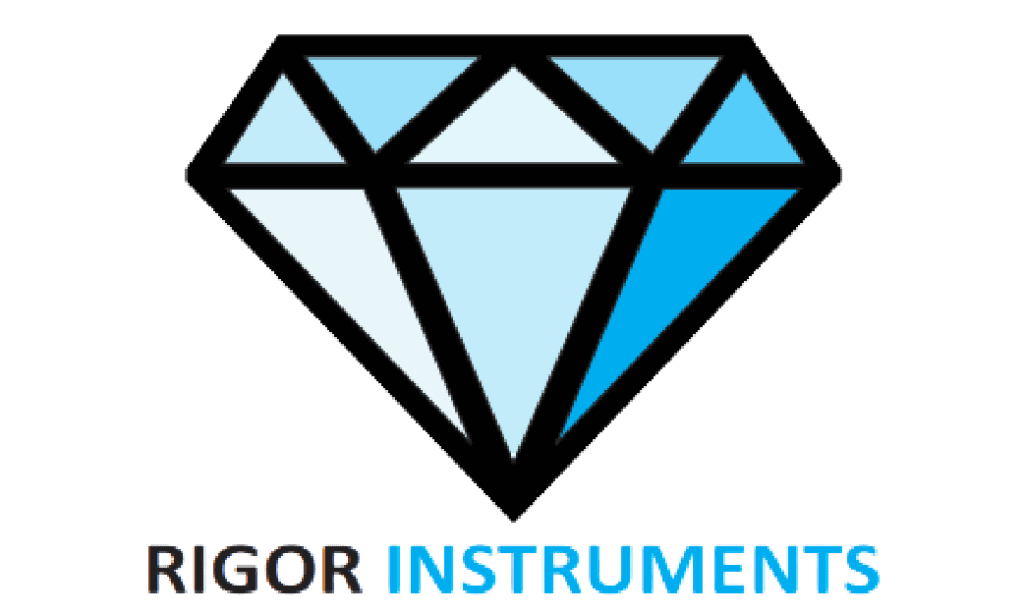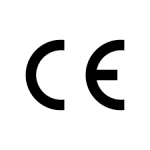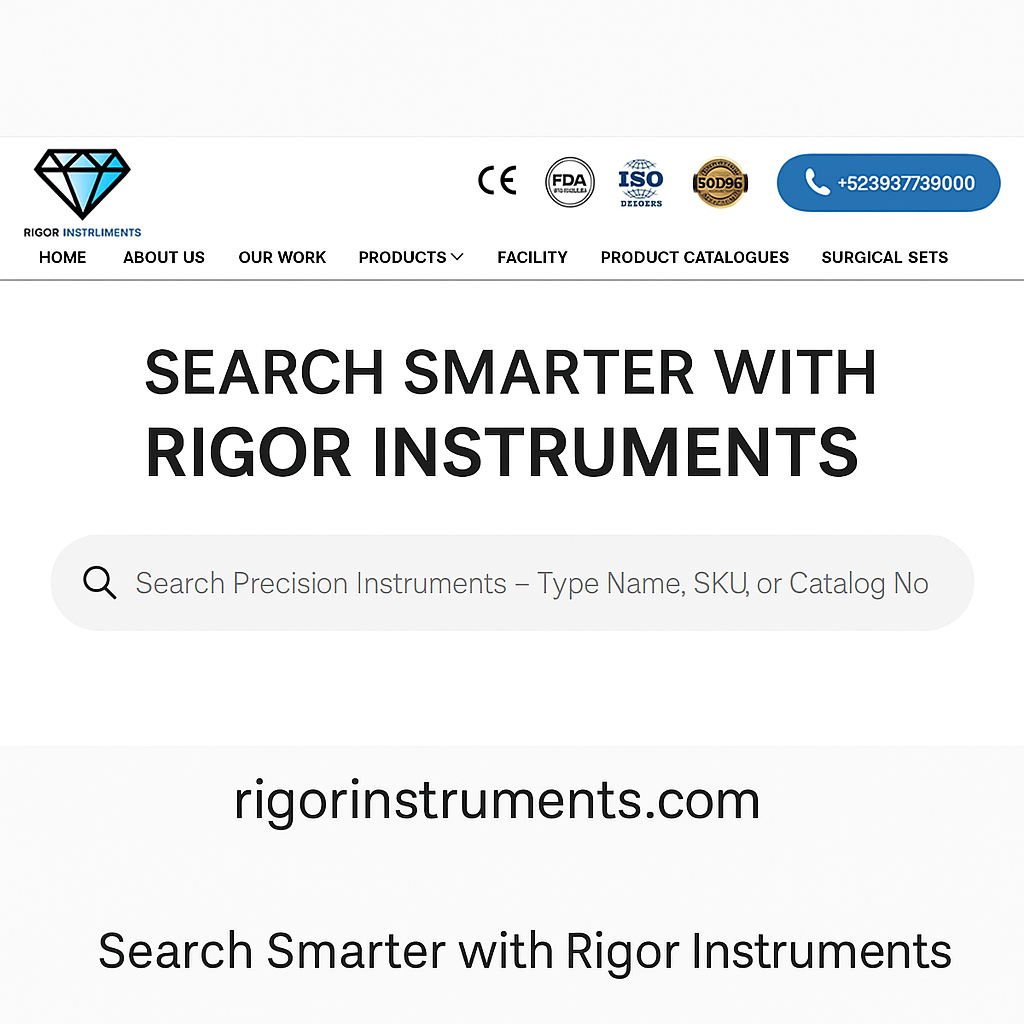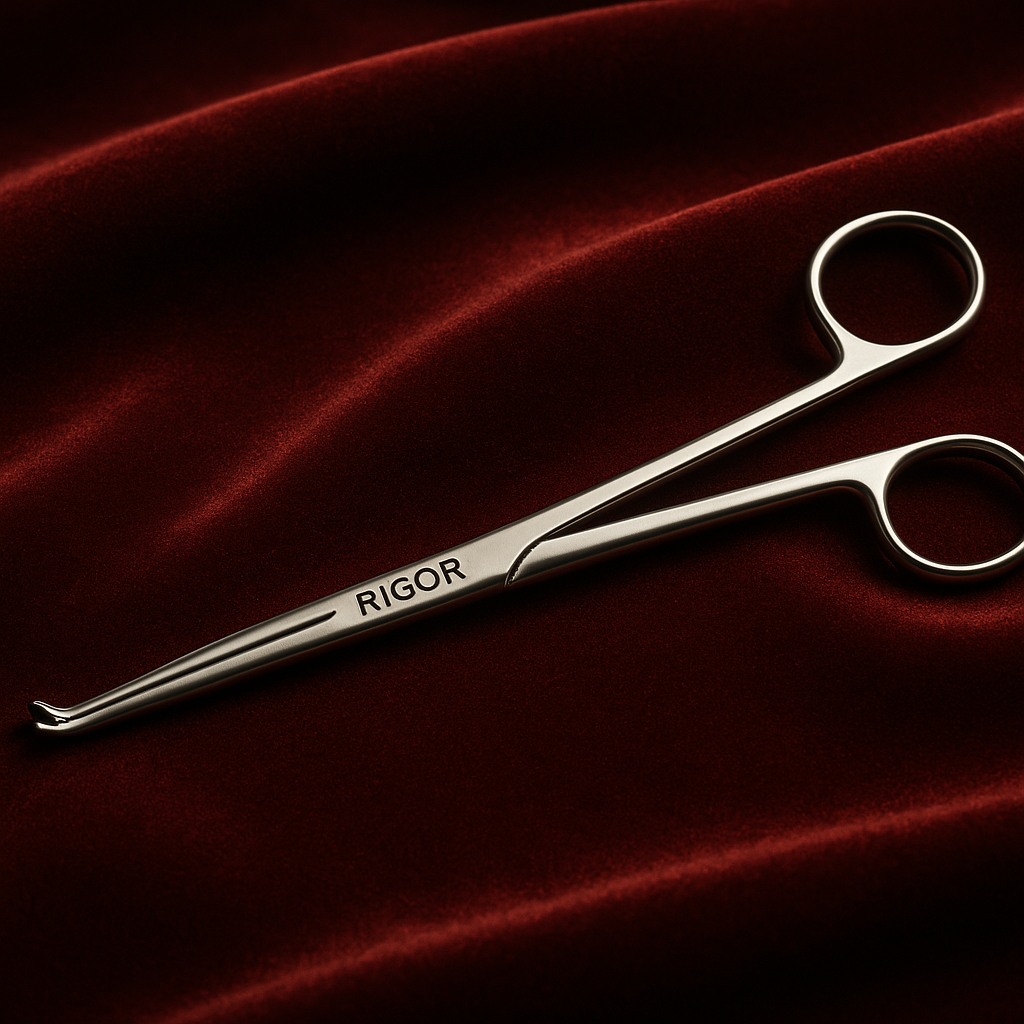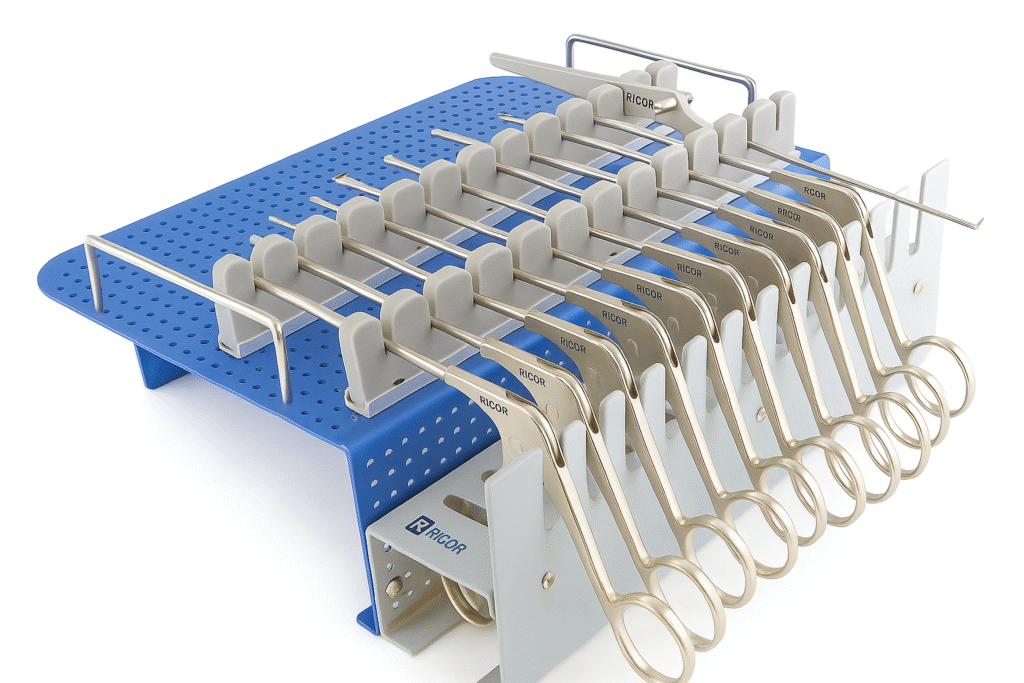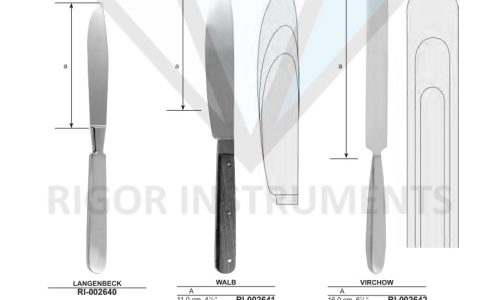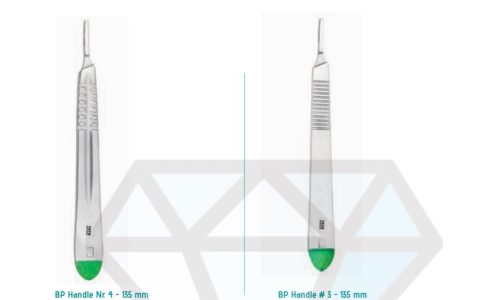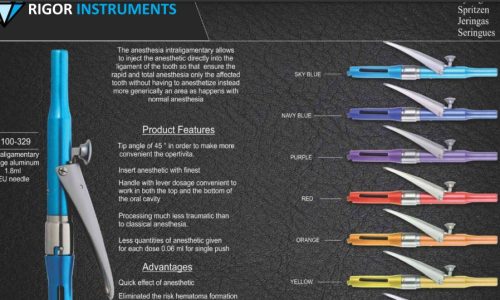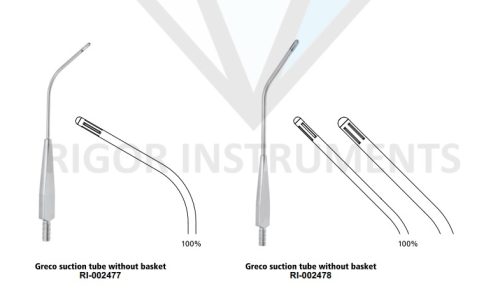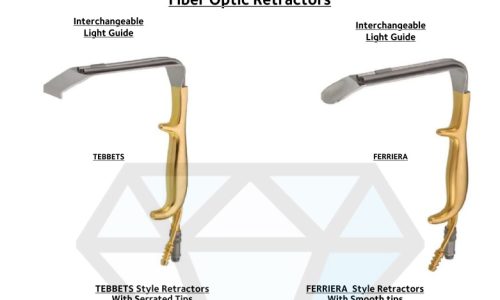Diathermy Surgical Instruments
Surgical Instruments Blog
Precision Engineered: Custom-Made Atraumatic DeBakey Clamps Designed by a Surgeon At Rigor Instruments, innovation begins with one principle: listen to the surgeon. When a highly experienced cardiovascular surgeon approached us
Why Rigor Instruments Invested in Smart Product Search — And Why It’s the Future of Surgical Buying In a crowded digital world, buyers don’t want to browse — they want
One-Stop Surgical Instrument Sourcing: Why Rigor Instruments is the Complete Solution You’ve Been Searching For When Quality Meets Convenience — Rigor Delivers For decades, international buyers have faced
Reusable vs. Single-Use Surgical Instruments: Why RIGOR Stands Firm on Reusables In the fast-paced world of modern surgery, the conversation around single-use vs. reusable surgical instruments is louder than ever.
Laryngeal Forceps: Precision Tools for ENT & Airway Procedures Laryngeal forceps are specialized surgical instruments used in ear, nose, and throat (ENT) and laryngological procedures. These forceps are designed for
Mastering Arthroscopy Punches: Types, Surgical Uses & Rigor’s CNC Precision Leadership Arthroscopy is a minimally invasive surgical procedure that requires tools of extreme precision—and none more important than the arthroscopy
What are Diathermy Surgical Instruments
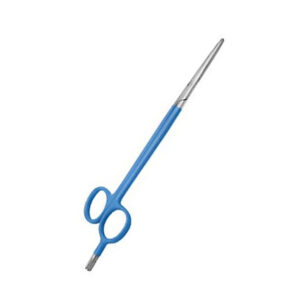
By offering a secure and efficient method of tissue cutting, coagulation, and hemostasis, diathermy surgical instruments have revolutionized the surgical sector. These instruments produce heat by using high-frequency electrical currents, which is subsequently administered to tissues for a variety of surgical procedures. The world of diathermy surgical instruments, their types, uses, and advantages for both patients and surgeons will all be discussed here.
High-frequency alternating electrical currents are used in the diathermy procedure to produce heat in the tissues. Depending on the use, this heat can cause tissues to coagulate, cut, or even burn. Instruments for diathermy are made to transmit this electrical energy to tissues in a precise and regulated way.
The diathermy machine, commonly known as an electrosurgical unit (ESU), is one of the main diathermy surgical instruments. The primary power source for diathermy treatments is the diathermy machine. It produces the high-frequency electrical currents and offers several operating modes, including mixing, cutting, and coagulation. The machine has controls that enable surgeons to modify power settings, waveforms, and other parameters in accordance with the unique requirements of the surgery.
Types of Diathermy Surgical Instruments
Based on how they work, diathermy surgical instruments may be divided into two primary categories: monopolar and bipolar.
In monopolar diathermy, the patient acts as the return electrode and a single active electrode is applied to the target region. The circuit is completed when the electrical current travels from the active electrode through the tissue to the patient. Tools like monopolar forceps, monopolar scissors, and monopolar electrodes are examples of monopolar instruments.
During surgery, monopolar forceps are used to grab and move tissues. They feature an active electrode at the tip and an insulated shaft for construction. Electrical current flows through the tissue when the forceps are moved, creating heat and allowing for cutting or coagulation.
With the addition of a diathermy function, monopolar scissors perform similarly to conventional scissors. They feature insulated grips, and one blade has an active electrode. The electrical current flows through the tissue while the blades are closed, enabling cutting while also cauterizing blood vessels to lessen bleeding.
Monopolar electrodes are specialized devices with a variety of uses, including tissue ablation, desiccation, and fulguration. Ball electrodes, needle electrodes, and loop electrodes are just a few of the various sizes and forms that they come in. With the help of these electrodes, surgeons may accurately administer diathermy energy to the desired tissue region for effective tissue coagulation or destruction.
Contrarily, bipolar diathermy equipment employs two active electrodes. The tissue held between these two electrodes receives the localized electrical current that travels directly between them. In delicate surgical operations requiring precise control, such as microsurgery, ocular surgery, or neurosurgery, bipolar devices are frequently employed.
One of the most common types of bipolar diathermy equipment is bipolar forceps. They are made up of two working electrodes that are built right into the forceps tips. The electrical current travels between these electrodes, delivering exact tissue sealing or coagulation while causing the least amount of harm to neighboring tissues.
Benefits of Diathermy Surgical Instruments
In the operating room, using diathermy surgical instruments has many advantages. First off, regulated tissue cutting and coagulation made possible by diathermy minimizes blood loss during surgery and improves sight for the surgeon. Shorter operating times and better surgical precision are the results of this.
The second benefit of diathermy equipment is hemostasis, or the capacity to close blood vessels and stop bleeding. This characteristic is vital for surgical operations requiring highly vascularized organs or laparoscopic surgeries, both of which require a blood-free operative field to be maintained.
Furthermore, compared to conventional surgical methods, diathermy devices can reduce tissue stress. Blood vessels can be sealed as they are cut using diathermy equipment, which eliminates the need for further sutures or ligatures. Less tissue damage, quicker healing, and less post-operative discomfort for the patient are all possible outcomes of this.
Additionally, because diathermy instruments is adaptable, it may be utilized in a variety of surgical disciplines, including general surgery, orthopaedics, gynaecology, urology, and ophthalmology, among others. Their adaptability enables the targeted delivery of energy to tissues, meeting the unique requirements of various surgical operations.
Precautions of Diathermy Surgical Instruments
It is crucial to remember that using diathermy instruments necessitates cautious practice and respect to safety guidelines. To reduce the danger of complications like burns, electrical injuries, or inadvertent tissue damage, surgeons and operating room staff must get proper training in the use of these devices.
By offering effective tissue cutting, coagulation, and hemostasis, diathermy surgical instruments have had a considerable impact on the area of surgery. Surgeons are equipped with accurate equipment for a variety of surgical operations in the form of monopolar and bipolar diathermy devices. Reduced blood loss, improved sight, controlled tissue cutting, and hemostasis are all advantages of diathermy equipment. These tools might potentially promote quicker healing and better patient outcomes since they are adaptable to many surgical specializations. Diathermy surgical instruments may be effective weapons in the hands of knowledgeable surgeons if they are handled properly and with the appropriate training.
Why Rigor Instruments
High-quality surgical instruments are essential to the success of any procedure, no matter how straightforward or difficult it may be for the patient, and this is where Rigor Instruments can help you.
Rigor is a second-generation surgical instruments manufacturer and supplier from Sialkot Pakistan providing best quality in Diathermy Surgical Instruments since 1985.
Our exquisite quality and competitive pricing has given us great competitive advantage in the global surgical instruments market. Our ambition is to become a leader in international market in Diathermy Surgical Instruments.
Have a glance at our wide range of Diathermy Surgical Instruments with details,
